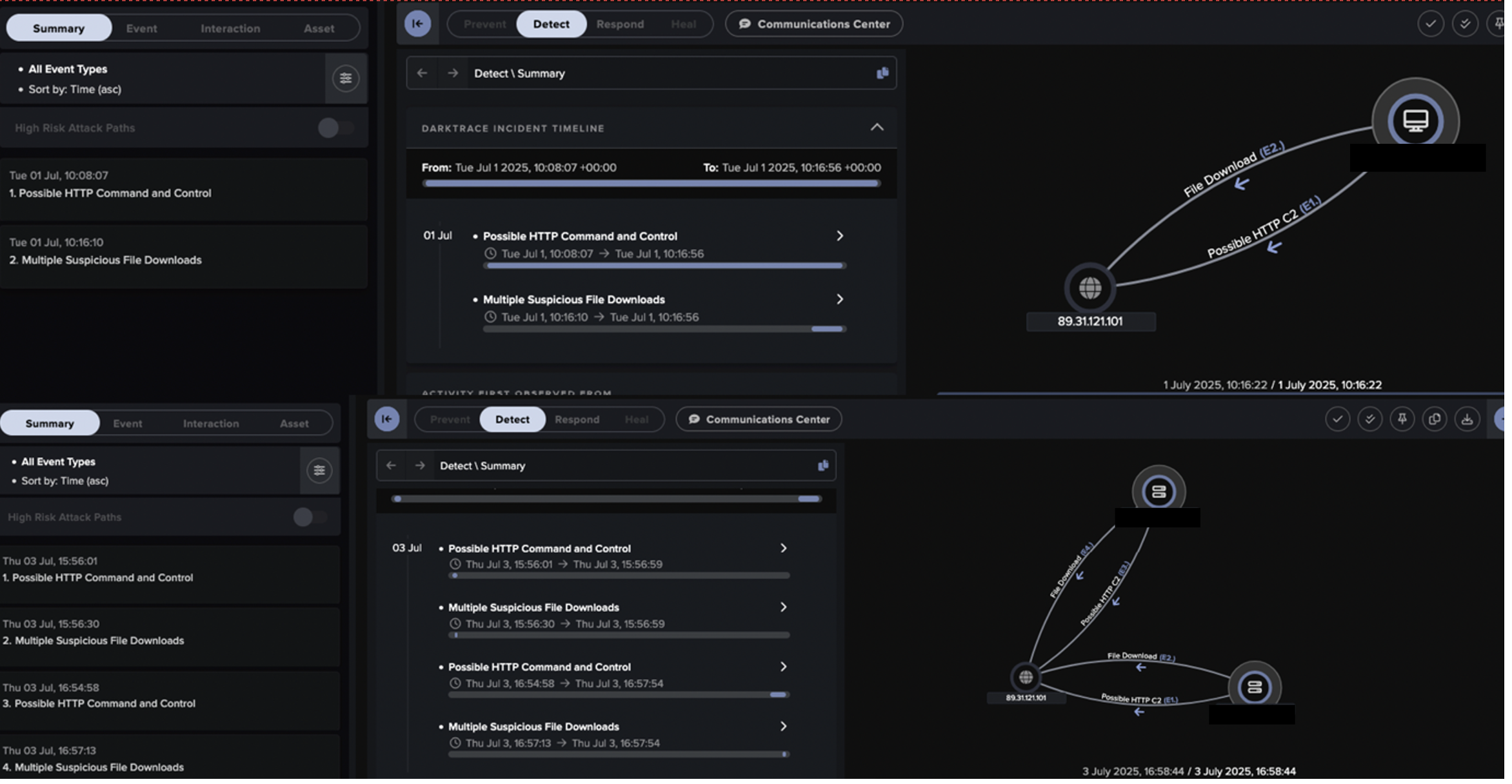Introduction: The Canadian Critical Cyber Systems Protection Act
On 18 June 2025, the Canadian federal Government introduced Bill C-8 which, if adopted following completion of the legislative process, will enact the Critical Cyber Systems Protection Act (CCSPA) and give Canada its first federal, cross-sector and legally binding cybersecurity regime for designated critical infrastructure providers. As of August 2025, the Bill has completed first reading and stands at second reading in the Canadian House of Commons.
Political context
The measure revives most of the stalled 2022 Bill C-26 “An Act Respecting Cyber Security” which “died on Paper” when Parliament was prorogued in January 2025, in the wake of former Prime Minister Justin Trudeau’s resignation.
The new government, led by Mark Carney since March 2025, has re-tabled the package with the same two-part structure: (1) amendments to the Telecommunications Act that enable security directions to telecoms; and (2) a new CCSPA setting out mandatory cybersecurity duties for designated operators. This blog focuses on the latter.
If enacted, Canada will join fellow Five Eyes partners such as the United Kingdom and Australia, which already impose statutory cyber-security duties on operators of critical national infrastructure.
The case for new cybersecurity legislation in Canada
The Canadian cyber threat landscape has expanded. The country's national cyber authority, the Canadian Centre for Cybersecurity (Cyber Centre), recently assessed that the number of cyber incidents has “sharply increased” in the last two years, as has the severity of those incidents, with essential services providers among the targets. Likewise, in its 2025-2026 National Cyber Threat Assessment, the Cyber Centre warned that AI technologies are “amplifying cyberspace threats” by lowering barriers to entry, improving the speed and sophistication of social-engineering attacks and enabling more precise operations.
This context mirrors what we are seeing globally: adversaries, including state actors, are taking advantage of the availability and sophistication of AI tools, which they have leverage to amplify the effectiveness of their operations. In this increasingly complex landscape, regulation must keep pace and evolve in step with the risk.
What the Canadian Critical Cyber Systems Protection Act aims to achieve
- If enacted, the CCSPA will apply to operators in federally regulated critical infrastructure sectors which are vital to national security and public safety, as further defined in “Scope” below (the “Regulated Entities”), to adopt and comply with a minimum standard of cybersecurity duties (further described below) which align with those its Five Eyes counterparts are already adhering to.
Who does the CCSPA apply to
The CCSPA would apply to designated operators that deliver services or systems within federal jurisdiction in the following priority areas:
- telecommunications services
- interprovincial or international pipeline and power line systems, nuclear energy systems, transportation systems
- banking and clearing
- settlement systems
The CCSPA would also grant the Governor in Council (Federal Cabinet) with powers to add or remove entities in scope via regulation.
Scope of the CCSPA
The CCSPA introduces two key instruments:
First, it strengthens cyber threat information sharing between responsible ministers, sector regulators, and the Communications Security Establishment (through the Cyber Centre).
Second, it empowers the Governor in Council (GIC) to issue Cyber Security Directions (CSDs) - binding orders requiring a designated operator to implement specified measures to protect a critical cyber system within defined timeframes.
CSDs may be tailored to an individual operator or applied to a class of operators and can address technology, process, or supplier risks. To safeguard security and commercial confidentiality, the CCSPA restricts disclosure of the existence or content of a CSD except as necessary to carry it out.
Locating decision-making with the GIC ensures that CSDs are made with a cross-government view that weighs national security, economic priorities and international agreement.
New obligations for designated providers
The CCSPA would impose key cybersecurity compliance and obligations on designated providers. As it stands, this includes:
- Establishing and maintaining cybersecurity programs: these will need to be comprehensive, proportionate and developed proactively. Once implemented, they will need to be continuously reviewed
- Mitigating supply chain risks: Regulated Entities will be required to assess their third-party products and services by conducting a supply chain analysis, and take active steps to mitigate any identified risks
- Reporting incidents: Regulated Entities will need to be more transparent with their reporting, by making the Communications Security Establishment (CSE) aware of any incident which has, or could potentially have, an impact on a critical system. The reports must be made within specific timelines, but in any event within no more than 72 hours;
- Compliance with cybersecurity directions: the government will, under the CCSPA, have the authority to issue cybersecurity directives in an effort to remain responsive to emerging threats, which Regulated Entities will be required to follow once issued
- Record keeping: this shouldn’t be a surprise to many of those Regulated Entities which fall in scope, which are already likely to be subject to record keeping requirements. Regulated Entities should expect to be maintaining records and conducting audits of their systems and processes against the requirements of the CCSPA
It should be noted, however, that this may be subject to change, so Regulated Entities should keep an eye on the progress of the Bill as it makes its way through parliament.
Enforcement of the Act would be carried out by sector-specific regulators identified in the Act such as the Office of the Superintendent of Financial Institutions, Minister of Transport, Canada Energy Regulator, Canadian Nuclear Safety Commission and the Ministry of Industry.
What are the penalties for CCSPA non-compliance?
When assessing the penalties associated with non-compliance with the requirements of the CCSPA, it is clear that such non-compliance will be taken seriously, and the severity of the penalties follows the trend of those applied by the European Union to key pieces of EU legislation. The “administrative monetary penalties” (AMPs) set by regulation could see fines being applied of up to C$1 million for individuals and up to C$15 million for organizations.




















.jpg)














%5B2%5D%20copy.avif)


